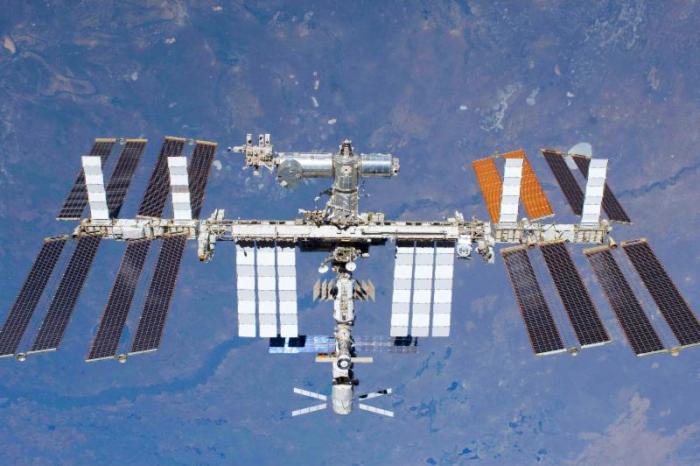
The new project, scheduled to begin this year, will take place onboard the International Space Station.
Image credit: NASA
Grant funding is being provided by the National Institutes of Health (NIH) and the Center for the Advancement of Science in Space (CASIS) - an organization responsible for maximizing use of the International Space Station (ISS) USA National Laboratory for innovative, space-based research.
Astronauts aboard the ISS and scientists stationed on Earth will study a bone-forming molecule called NELL-1 and assess its ability to promote bone formation and protect against bone degeneration.
A group of 40 rodents will be sent to the International Space Station U.S. National Laboratory onboard the SpaceX Dragon capsule, where they will live for two months in a microgravity environment during the first ever test of NELL-1 in space.
Research efforts will be led by a team from the University of California, Los Angeles (UCLA), including specialists who discovered the NELL-1 molecule and are aiming to develop NELL-1 therapy for human use.
While the UCLA team manage the research efforts based on the ground, they will work alongside CASIS and NASA, who will co-ordinate the space flight side of the project.
NELL-1 could be particularly useful for the treatment of osteoporosis - a metabolic bone disease that makes bones thinner and more fragile, greatly increasing the risk of bone fractures. In the US, 10 million people are affected by the condition, and a further 18 million are at risk of developing the condition.
Osteoporosis is also associated with conditions that reduce the utilization of the skeleton and weaken certain bones, such as cerebral palsy, muscular dystrophy and stroke.
Research could lead to treatment able to restore healthy bone
The team hopes that the research project will allow them to learn more about preventing bone loss and osteoporosis. In particular, they hope the study will provide new insights into how to heal and rebuild the type of large bone defects that occur in wounded military personnel.
NELL-1 holds tremendous hope, not only for preventing bone loss, but one day even restoring healthy bone. For patients who are bed-bound and suffering from bone loss, it could be life-changing.
NASA has been conducting microgravity research for the past 25 years. Within the realm of biotechnology, advances have previously been made in the understanding of diseases such as AIDS, cancer, diabetes, heart disease and hepatitis.
Microgravity is considered to be an advantageous environment for the study of tissue growth as the ways in which cells interact with each other become easier to observe without interference from the forces of gravity.
In addition, scientists have previously observed that prolonged space flights can induce changes within bone and organ systems. Due to the prevalence of gravity, these changes cannot be recreated in research environments on Earth.
This research has enormous translational application for astronauts in space flight and for patients on Earth who have osteoporosis or other bone-loss problems from disease, illness or trauma.
Ground operations for the research project are scheduled to begin early this year.
Recently, another team of researchers reported on a study published in New Space in which researchers considered medical standards for civilians in space. Experts reviewed current standards for civilian aviation and space exploration alongside potential challenges that civilian space travel might create.
References:
1. UCLA
news release, accessed 22 January 2015.
2.
Additional source: American Academy of Orthopaedic Surgeons Osteoporosis/bone health in adults as
a national public health priority, accessed 22 January 2015.
3.
Additional source: CASIS About CASIS, accessed 22
January 2015.
4.
Additional source: NASA Microgravity research
program, accessed 22 January 2015.
5.
Additional source: NASA NASA’s bioreactor: growing cells in a
microgravity environment, accessed 22 January 2015.
No comments:
Post a Comment